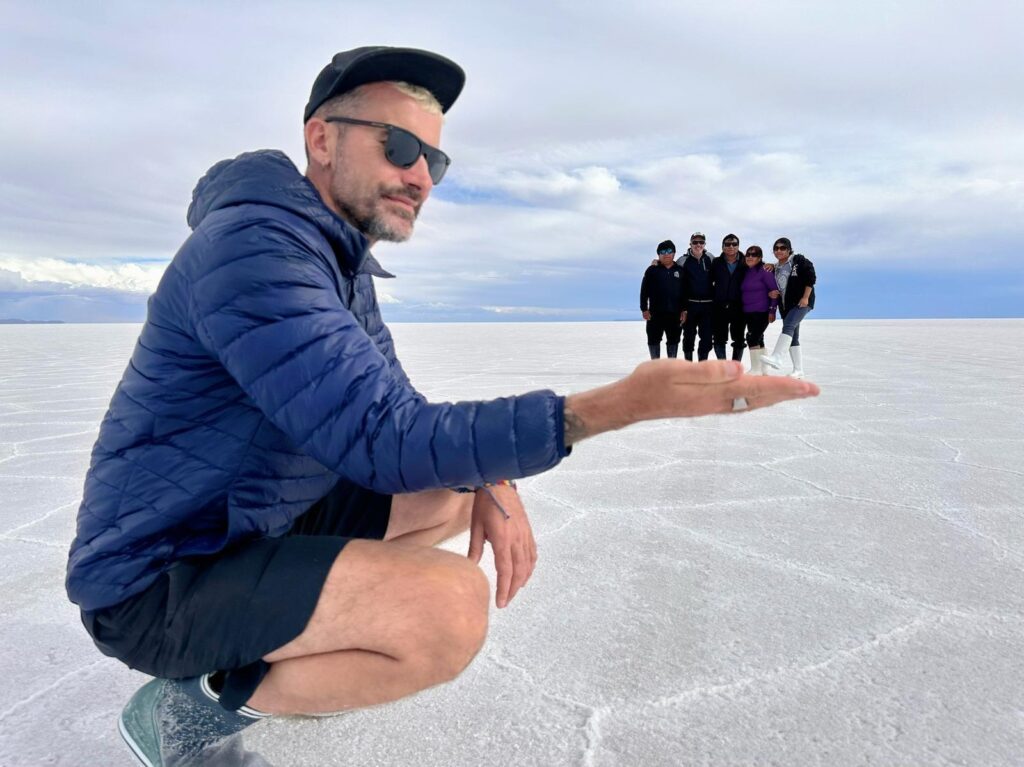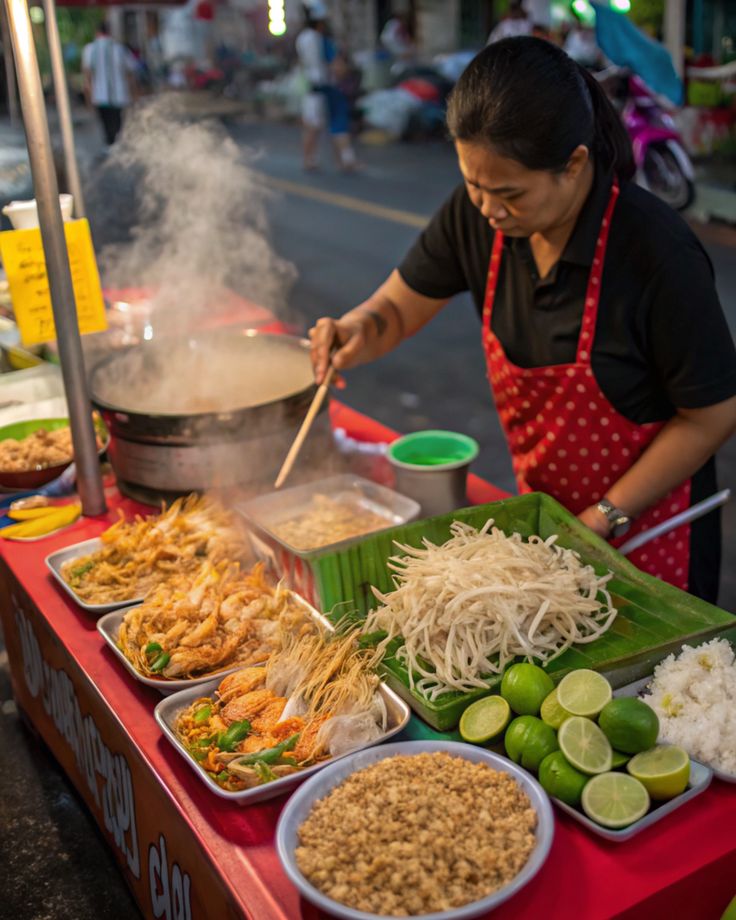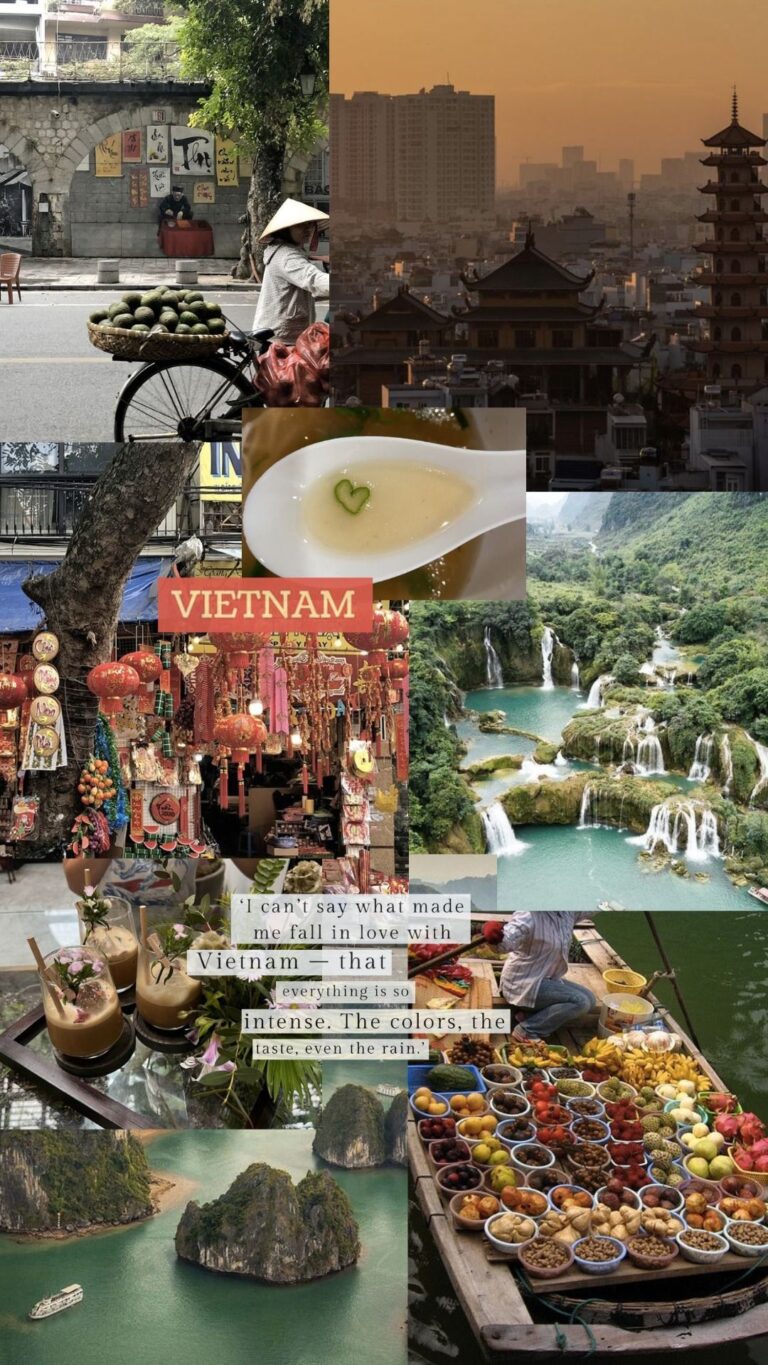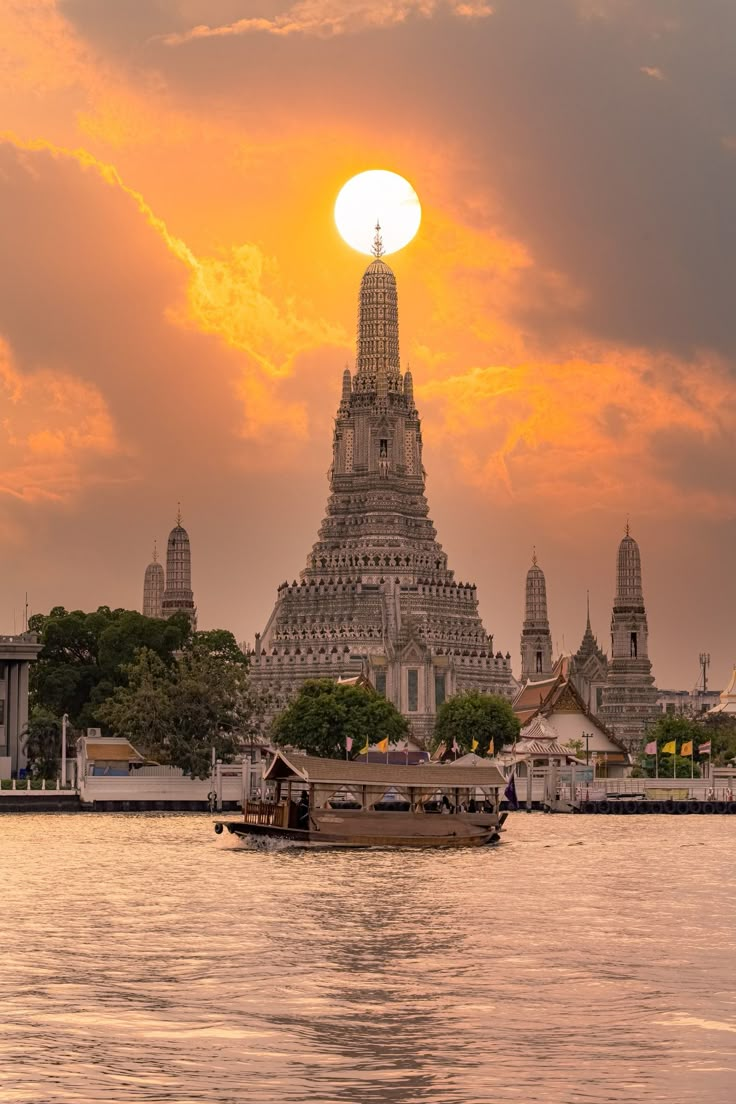Things to do in Varanasi + Ghats & temples [ Travel 2025 ]

Welcome to Varanasi, the spiritual capital of India and one of the oldest continuously inhabited cities in the world. Known as the “City of Light,” this ancient city is a hub of spirituality, culture, and history, drawing wanderers and seekers from across the globe. Picture yourself strolling along the ghats of Varanasi, witnessing the mesmerizing interplay of life, death, and devotion on the banks of the holy River Ganges. Whether you’re here to explore its spiritual charm, indulge in local food, or discover its rich culture, Varanasi has something for every traveler. In this guide, we’ll dive into the best things to do in this magical city, making it your perfect companion for an unforgettable adventure.
1. Witness the Ghats of Varanasi: A Spiritual Spectacle
The ghats of Varanasi are the soul of the city. These steps leading down to the holy River Ganga are where life unfolds in its raw, unfiltered form. There are nearly 88 ghats in total, each with its unique vibe and significance. Start your journey at Dashashwamedh Ghat, the busiest and most vibrant ghat, famous for the nightly Ganga Aarti ceremony. This powerful ritual, performed by a group of young priests, involves chanting, conch shells, and a symphony of incense and lamps. It’s a must-see experience that connects you to the city’s spiritual heart.

For a deeper look into the cycle of life and death, visit Manikarnika Ghat, the main burning ghat. Here, funeral pyres burn around the clock, showcasing the Hindu belief in moksha, or liberation from the cycle of rebirth. Though somber, it’s an essential part of understanding the city’s spiritual significance. Harishchandra Ghat, another cremation ghat, is less crowded and offers a quieter glimpse into this sacred ritual.
Don’t miss Assi Ghat, located at the furthest south of the main ghats. This colorful ghat is perfect for an early morning boat ride along the river, where you can watch the city slowly wake up as the sun rises over the Ganges. Meanwhile, Munshi Ghat and Darbhanga Ghat are known for their stunning architecture, making them ideal for photography enthusiasts. If you’re seeking serenity, head to Tulsi Ghat, a quieter spot named after the famous poet Tulsidas.
2. Take a Boat Ride on the Holy Ganges River

No trip to Varanasi is complete without a boat ride on the holy River Ganga. The best time for this experience is during the cooler months, especially at sunrise or sunset. As the boat glides along the river, you’ll see the ancient temples, bustling ghats, and the timeless daily life of the locals. The sight of priests performing rituals, devotees taking dips in the holy water, and the colorful chaos of the ghats is a feast for the senses.
Some boat tours also include a stop at Sarai Mohana Village, known for its exquisite Banarasi sarees, a must-buy souvenir for fashion enthusiasts. The river Ganges truly comes alive in these moments, offering a blend of spiritual enlightenment and cultural immersion.
3. Explore the Famous Temples of Varanasi

Varanasi is home to some of the holiest places in Hinduism, with ancient temples that exude divine energy. Start with the Kashi Vishwanath Temple, also known as the Golden Temple, dedicated to Lord Shiva, the city’s presiding deity. Its spiritual significance and architectural beauty make it one of the top things to do in Varanasi. Nearby, the New Vishwanath Temple on the Banaras Hindu University campus is another must-visit, offering a modern take on Hindu temple design.

The Durga Temple, dedicated to the Goddess Durga, is a striking red structure known for its 18th-centuryarchitecture. Don’t miss the Sankat Mochan Hanuman Temple, a shrine to Lord Hanuman, where you can hear the soothing chants of Hanuman Chalisa. For history buffs, the Jain Temples and the Shiva Temple add another layer of mystique to the city.
4. Experience the Spiritual Charm of Sarnath

Just a short trip from Varanasi lies Sarnath, a serene pilgrimage site where Lord Buddha gave his first sermon after attaining enlightenment. Visit the Dhamek Stupa, a grand structure symbolizing this pivotal moment in Buddhist history. The peaceful surroundings and spiritual significance of Sarnath make it a perfect escape from the bustling streets of Varanasi.
5. Indulge in Varanasi’s Local Food Scene

The street food of Varanasi is legendary. Treat your taste buds to kachori sabzi, a spicy and flavorful breakfast dish, or sip on a creamy Blue Lassi from the famous Blue Lassi Shop. The local markets are brimming with culinary delights, from crispy samosas to sweet jalebis. Don’t forget to try the city’s signature paan (betel leaf), a must-have after every meal.
6. Immerse Yourself in History at Ramnagar Fort

Located on the eastern bank of the Ganges, the Ramnagar Fort is a relic of the city’s royal past. Built in the 18th century, the fort houses a wonderful collection of miniature paintings, vintage cars, and 12th-century palm-leaf manuscripts. The fort’s charm lies in its slightly crumbling facade, which adds to its timeless appeal.
7. Shop Like a Local at Varanasi’s Markets

Varanasi’s local markets are a treasure trove of unique finds. From the iconic Banarasi sarees to brass idols and wooden toys, the city’s rich culture is beautifully reflected in its wares. Wander through Vishwanath Gali, Thatheri Bazaar, or Chowk for an authentic shopping experience.
8. Discover the Academic Side of Varanasi

Did you know that Varanasi is also a centre of learning? The Banaras Hindu University (BHU), founded by Madan Mohan Malviya, is one of Asia’s largest residential universities and a hub for top-quality education. Stroll through its sprawling campus to see its beautiful architecture and vibrant student life.
9. Celebrate Festivals in the City of Lord Shiva

If you’re lucky enough to visit during Maha Shivaratri, the city transforms into a grand celebration of Lord Shiva. The streets come alive with processions, music, and devotion, making it one of the best times to experience Varanasi.
10. End Your Day with Spiritual Enlightenment

As the day winds down, head back to the ghats for one last moment of reflection. The aarti ceremony at Dashashwamedh Ghat is the perfect way to end your journey, leaving you with a sense of peace and spiritual fulfillment.
The Most Beautiful Temples in Varanasi: A Divine Journey Through India’s Spiritual Capital

Varanasi, also known as Kashi or the City of Lord Shiva, is one of the holiest cities in India and a treasure trove of ancient spirituality and culture. Dotted with countless temples, it is a place where divinity and architecture intertwine seamlessly. Each temple in Varanasi carries its own unique charm, history, and religious significance, making them must-visit spots for travelers seeking spiritual enlightenment, history buffs, and lovers of art and architecture. In this guide, we’ll explore some of the most beautiful temples in Varanasi, delving into their history, significance, and what makes them stand out.
1. Kashi Vishwanath Temple (Golden Temple)

When you think of Varanasi, the Kashi Vishwanath Temple is undoubtedly the first temple that comes to mind. Dedicated to Lord Shiva, this temple is one of the holiest places in Hinduism and an epicenter of spiritual devotion. The temple is often referred to as the Golden Temple because of its gold-plated spire and dome, which gleam under the sunlight.
- Significance: Kashi Vishwanath is one of the twelve Jyotirlingas (sacred shrines of Lord Shiva) in India. It is believed that a visit here grants liberation or moksha.
- Architecture: The temple’s intricate carvings, the gold-plated sanctum, and the bustling atmosphere of devotion make it one of the most stunning sights in Varanasi.
- Pro Tip for Visitors: Avoid peak hours to skip long queues. Morning hours, especially during the cooler months, are the best time to visit.
2. New Vishwanath Temple (Birla Temple)

Located on the Banaras Hindu University (BHU) campus, the New Vishwanath Temple is a modern marvel inspired by the original Kashi Vishwanath Temple. Built by the Birla family, this temple is a serene and spacious alternative to the bustling original.
- Significance: While it’s not as ancient as the Kashi Vishwanath Temple, it offers a peaceful environment for those seeking spiritual solace.
- Architecture: The temple is made entirely of white marble and features exquisite carvings of verses from Hindu scriptures. Its towering spire is one of the tallest temple spires in India.
- Why You Should Visit: If you’re looking for tranquility amidst the chaos of Varanasi, this temple is the perfect place to meditate and soak in the spiritual energy.
3. Durga Temple (Monkey Temple)

The Durga Temple, also known as the Monkey Temple due to the monkeys that roam its premises, is one of Varanasi’s most iconic temples. Dedicated to Goddess Durga, the temple is believed to house a self-manifested idol of the goddess.
- History: Built in the 18th century by a Bengali queen, the temple is a testament to Varanasi’s rich cultural history.
- Architecture: The temple’s striking red hue, symbolizing the color of the goddess, and its multi-tiered shikhara (spire) make it an architectural gem.
- Things to Know: While the monkeys are fun to watch, keep your belongings secure, as they’re known to be mischievous!
4. Sankat Mochan Hanuman Temple

Dedicated to Lord Hanuman, the Sankat Mochan Hanuman Temple is a beloved shrine for locals and devotees alike. It is believed that praying here removes obstacles and grants peace.
- Significance: The temple is deeply rooted in Hindu mythology, as it is said to have been established by the poet-saint Tulsidas, who also wrote the Ramcharitmanas.
- Atmosphere: The temple exudes a serene energy, with the sound of devotees chanting the Hanuman Chalisa filling the air.
- Fun Fact: On Tuesdays and Saturdays, the temple sees a large number of devotees, as these days are considered especially auspicious for worshipping Lord Hanuman.
5. Tulsi Manas Temple

The Tulsi Manas Temple is not just a temple but a monument to one of India’s greatest literary works, the Ramcharitmanas, written by Tulsidas.
- Significance: This temple commemorates the place where Tulsidas is believed to have composed the Ramcharitmanas, a retelling of the Ramayana in Awadhi.
- Architecture: The temple is made of white marble, and its walls are inscribed with verses and scenes from the Ramcharitmanas.
- Why Visit: It’s an excellent stop for those interested in mythology, literature, and spirituality.
6. Bharat Mata Temple

Unlike other temples in Varanasi, the Bharat Mata Temple is dedicated to Mother India rather than a deity. It was inaugurated by Mahatma Gandhi and represents a unique take on spirituality and patriotism.
- Highlight: The main attraction here is a large marble map of India, depicting the country’s mountains, rivers, and plains in intricate detail.
- Why Visit: It’s a beautiful blend of art, patriotism, and devotion, making it a unique experience in the spiritual capital of India.
7. Annapurna Devi Temple

Situated near the Kashi Vishwanath Temple, the Annapurna Devi Temple is dedicated to Goddess Annapurna, the goddess of food and nourishment.
- Significance: According to Hindu mythology, Goddess Annapurna is an incarnation of Goddess Parvati, who is believed to have fed Lord Shiva himself. It symbolizes the importance of food and sustenance in life.
- Architecture: The temple’s golden idol of the goddess and its serene ambiance make it one of the best places to visit for spiritual seekers.
8. Jain Temples of Varanasi

Varanasi is also significant for the Jain community, as it is believed to be the birthplace of the 23rd Tirthankara, Lord Parshvanath.
- Highlights: The Jain temples in Varanasi are known for their rich culture, artistic brilliance, and peaceful ambiance. These temples are less crowded, offering a tranquil escape for those seeking solace.
9. Vishalakshi Temple

The Vishalakshi Temple, dedicated to Goddess Vishalakshi, is another important shrine in Varanasi. It is considered one of the 51 Shakti Peethas, making it a sacred site for devotees of the goddess.
- Significance: According to Hindu mythology, this is the spot where a part of Goddess Sati’s body fell when it was cut into pieces by Lord Vishnu.
- Why Visit: The temple is a serene spot for meditation and prayer, especially for those interested in the Shakti tradition.
What to Know About the Ghats in Varanasi as a Tourist: Traditions, Usage, Precautions, and Etiquette

The ghats of Varanasi, lining the banks of the sacred River Ganges, are much more than just stone steps leading to the water. They are the beating heart of the holy city of Varanasi, embodying its vibrant culture, spiritual charm, and the delicate balance between life and death. For tourists visiting this ancient city, understanding the traditions, proper etiquette, and how to navigate this sacred space is essential to fully appreciate the experience while showing respect for its spiritual and cultural significance. Here’s a guide to everything you need to know about the ghats in Varanasi as a tourist.
What are the Ghats in Varanasi?

The ghats of Varanasi are a series of steps that lead down to the holy River Ganges (also referred to as the Ganga), where locals and pilgrims gather for various purposes. There are approximately 88 ghats in Varanasi, each with its own unique history, traditions, and uses. Some ghats are known for religious ceremonies, while others are used for daily rituals like bathing, washing clothes, and even cremation. The ghats are where the spiritual and mundane coexist in perfect harmony.
Traditions and Activities at the Ghats
- Spiritual Practices and Rituals
The ghats are places of deep spiritual significance. Hindus believe that the holy water of the Ganges can cleanse sins and aid in attaining moksha (liberation from the cycle of rebirth). Pilgrims flock to the ghats to take ritual baths, perform prayers, and make offerings to the river.
- Morning Rituals: At sunrise, the ghats come alive with devotees offering prayers to the sun, performing yoga, and chanting mantras. The early morning atmosphere is serene and magical.
- Evening Aarti: The Ganga Aarti is a grand spectacle that takes place every evening at Dashashwamedh Ghat. Performed by a group of young priests, this ritual involves fire lamps, incense, and chanting in honor of the River Ganga. It’s a must-see for tourists.
- Cremation Ghats
The Manikarnika Ghat and Harishchandra Ghat are cremation ghats, where funeral pyres burn 24/7. According to Hindu beliefs, being cremated here allows the soul to attain moksha. Tourists are allowed to observe from a respectful distance but should remain unobtrusive and avoid taking photos, as this is a deeply sacred and somber process. - Daily Life at the Ghats
The ghats are also places where the locals go about their daily routines. You’ll see people washing clothes, children playing, and vendors selling everything from flowers to tea. This blend of the spiritual and the everyday is part of what makes the ghats so captivating.

Precautions to Take as a Tourist
- Be Mindful of the Sacred Nature
The ghats, especially the cremation ghats, are sacred spaces. Always behave respectfully and avoid disrupting rituals or ceremonies. Remember, this is not just a tourist attraction – it is a place of profound spiritual significance for millions of people. - Beware of Scams
Unfortunately, some people exploit the spiritual atmosphere by targeting tourists with scams. For instance, you may encounter individuals asking for donations for a cremation or offering to guide you through the ghats for a fee. Politely decline unless you’re sure it’s legitimate. - Stay Safe Around the River
The holy water of the Ganges is revered, but it’s not always clean. Avoid drinking or swimming in the river to prevent waterborne illnesses. If you plan to take a ritual dip, make sure you’re up-to-date on your vaccinations and avoid submerging your head. - Watch Your Belongings
The ghats can get crowded, especially during festivals or the Ganga Aarti, so keep an eye on your belongings. Pickpocketing is rare but not unheard of. - Dress Appropriately
Varanasi is a conservative and deeply spiritual city. Dress modestly, covering your shoulders and knees, out of respect for the local culture and traditions.

How to Act at the Ghats
- Observe Quietly and Respectfully
Whether you’re attending the aarti ceremony, watching cremations, or simply strolling along the ghats, remain quiet and respectful. Avoid loud conversations, laughing, or any behavior that might be seen as disruptive. - Photography Etiquette
While the ghats are incredibly photogenic, always ask for permission before taking photos of people, especially during rituals or near cremation sites. Some areas may explicitly prohibit photography, so be sure to follow posted signs. - Avoid Touching Ritual Items
If you see offerings like flowers, lamps, or food placed along the ghats, do not touch or disturb them. These are sacred items meant for religious rituals. - Do Not Litter
The holy city of Varanasi is working hard to maintain cleanliness along the ghats. Be mindful not to litter, and if you see trash bins, use them. Keeping the ghats clean is a sign of respect for their spiritual and cultural importance.

What Not to Do at the Ghats
- Don’t Take Photos of Cremations
This is perhaps the most critical rule. The cremation ghats, such as Manikarnika Ghat and Harishchandra Ghat, are places of mourning and spiritual release. Taking photos here is considered highly disrespectful and intrusive. - Don’t Haggle Aggressively
While it’s fine to negotiate prices with local vendors, do so politely. Bargaining is part of the culture, but being overly aggressive can come across as rude. - Don’t Engage in Unauthorized Tours
Be cautious of unlicensed guides offering tours of the ghats. Stick to reputable tour operators to ensure a safe and informative experience. - Don’t Swim in the River
While a ritual dip is common among locals, swimming in the river is not advisable for tourists due to pollution and strong currents. - Don’t Disrespect Local Customs
Avoid public displays of affection, inappropriate clothing, or behaviors that might offend the local community. The ghats are sacred spaces, and maintaining decorum is essential.

Which Ghats to Visit and What to Expect
- Dashashwamedh Ghat
The most famous ghat, known for its lively atmosphere and the Ganga Aarti ceremony. It’s a great spot for tourists to soak in the spiritual energy of the city. - Assi Ghat
A quieter ghat popular among foreign tourists and younger travelers. This is the perfect place to start your day with yoga or an early morning boat ride. - Manikarnika Ghat
The main burning ghat, where cremations take place continuously. Observe from a distance with respect for the solemnity of the rituals. - Harishchandra Ghat
Another cremation ghat, less crowded than Manikarnika. It offers a quieter yet equally spiritual experience. - Munshi Ghat and Darbhanga Ghat
These ghats are known for their stunning architecture and are great for photography enthusiasts. - Tulsi Ghat
A peaceful spot with a historical connection to the poet Tulsidas, who wrote the Ramcharitmanas here.
Final Thoughts

Varanasi is not just a destination; it’s an experience that stays with you long after you leave. Whether you’re drawn by its spiritual significance, rich culture, or vibrant daily life, this holy city of Varanasi offers an unforgettable blend of devotion, history, and humanity. So pack your bags, embrace the chaos, and let Varanasi’s timeless charm work its magic on you. The city of Lord Shiva is waiting to change your perspective on life—one ghat at a time.
WHO AM I ?
Hello !
I am Eric, a French Australian citizen based between Australia, Asia and Bali and I love to travel and experience the world. I generally like outdoor activities, wellness, great food and venues , party and real local adventures ! I am a Yoga practitioner and fitness lover
I created this blog because I love to travel and I want to share my experiences with others. I’ve been traveling since I was a child, and I’ve been to over 50 countries. I’ve seen some amazing things and met some amazing people, and I want to help others experience the same things.

I believe that travel is one of the best ways to learn about the world and about yourself. When you travel, you’re forced to step outside of your comfort zone and experience new things. You learn about different cultures, different religions, and different ways of life. You also learn about yourself, your strengths, and your weaknesses.
Travel can also be a great way to make new friends. When you’re traveling, you’re surrounded by people from all over the world, and you’re all in the same boat. You’re all there to explore and experience new things, and that can create a bond between people.
Let’s connect together !
I hope that my travel blog will inspire others to travel and to see the world. I also hope that it will help people to learn about different cultures and to become more open-minded.



![Most beautiful places in Myanmar [ Best pictures 2025 ]](https://funkyfreshtravels.com/wp-content/uploads/2025/05/a30b9a8b6d783fdea59bae129b6fd2e5-768x605.jpg)
![Travel Cambodia on a budget and free [Full guide 2025]](https://funkyfreshtravels.com/wp-content/uploads/2025/05/cd6e6f174f5cd2d9865ea30d6138e1c5-1-768x512.jpg)



